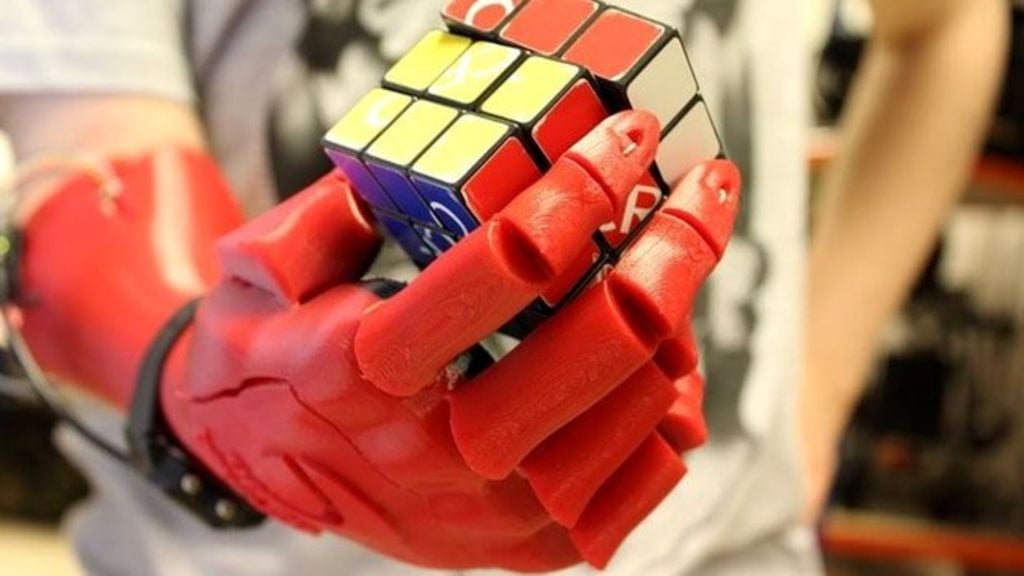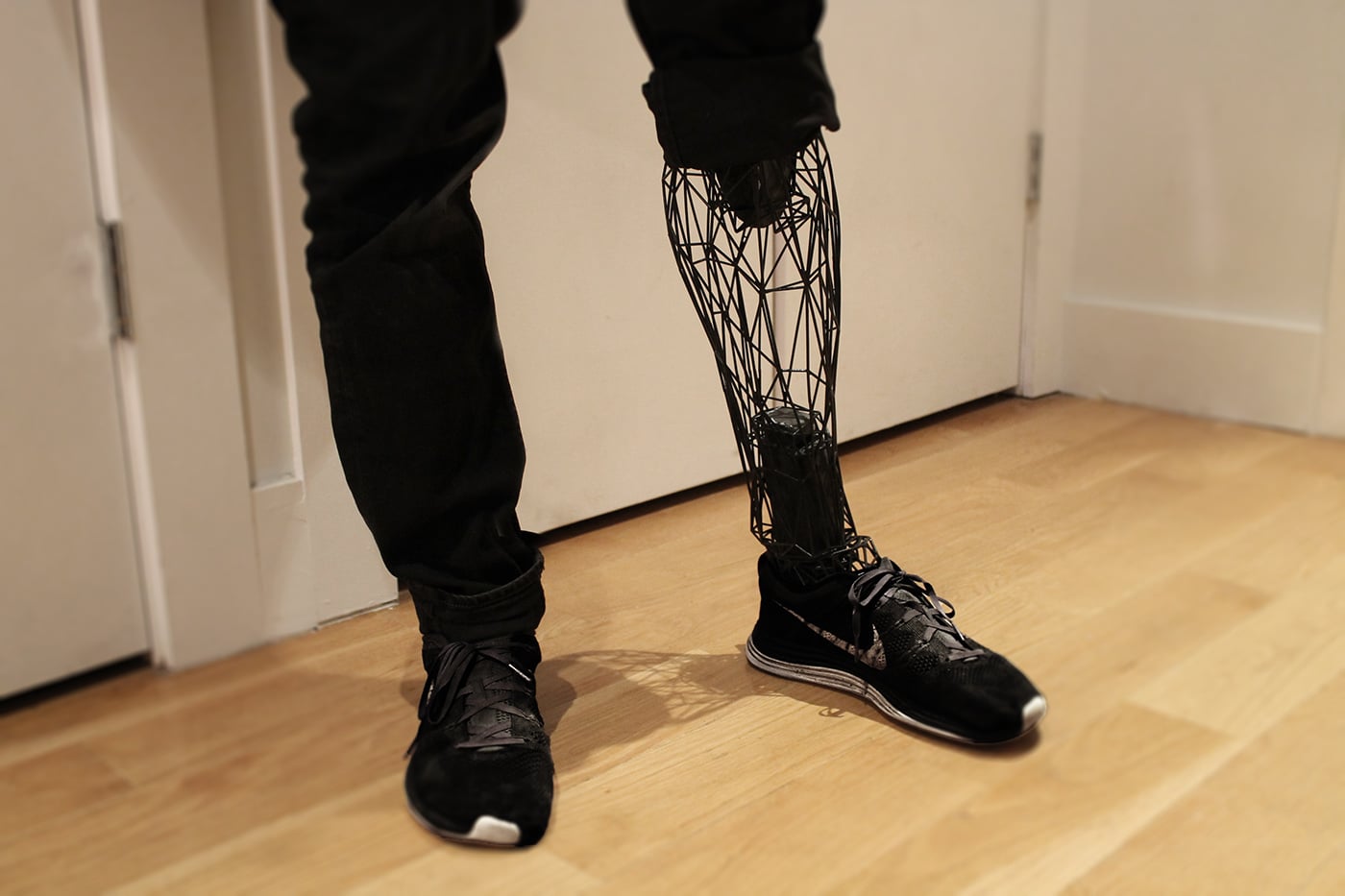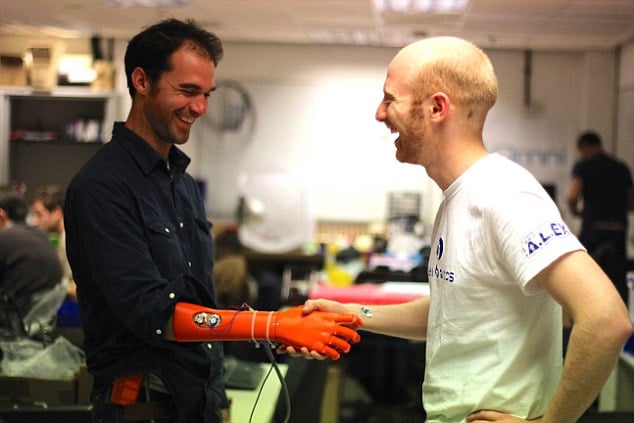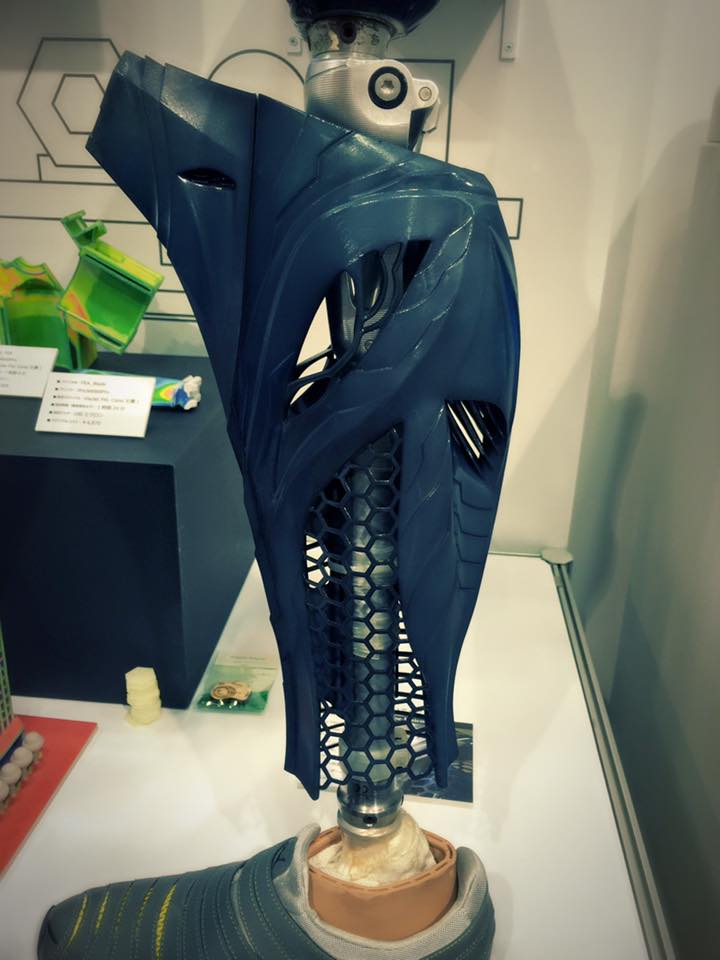
3D printing is helping many individuals to lead fulfilling lives through their use of prosthetics.
Improvements in design, materials, customization, and cost unique to 3D printing can expand the use of prosthetics to incorporate personal style, better integration with the user’s body, and even bestow increased capabilities. Adaptive sports programs make use of special equipment that needs to be custom fitted to participants and, therefore, cannot be used by others.
Since these programs are often non-profit organizations unable to cover the expense of non-shared sports items, and medical insurance usually disallows such expenses, the individual participants frequently bear such costs themselves in order to take part in sports.
UCLA’s Anderson School of Management, its student-run Anderson Strategy Group and marketing consultancy Sports and Social Change have recently joined in a 14-week research study on how 3D printing might expand access to such adaptive equipment as skis, prostheses, and sports wheelchairs for basketball, tennis, and racing.
Over 1000 hours were devoted to research and interviews with participants in 21 countries to evaluate the global picture of high-cost adaptive sports equipment and how 3D printing could impact the participation of people with disabilities in sports. Since the cost of adaptable sports equipment is the largest obstacle for most people with physical disabilities, 3D printing offers alternative prostheses with lower costs. In particular, open-source 3D printing designs and models could alter the market for adaptable equipment, allowing wider participation in adaptive sports by those with physical disabilities.

A competition for people with physical disabilities that was held at UCLA’s Drake Stadium highlighted field and track events for adults and youths. This special competition afforded a venue for athletes who have taken pride in their accomplishments with adaptive prosthetics, and stand as role models for others to continue active participation in sports and in life.

Elle is a swimming leg prosthesis for individuals who desire to compete with able-bodied swimmers. Its sleek design is customized for the swimmer’s height, weight, and buoyancy and is tuned for energy release during the three stages of launching, swimming, and flip turning. Elle provides needed support to the back, hip, and thigh so that amputees can maintain endurance with pain free swimming.

An advanced robotic hand designed by Open Bionics can be 3D-printed in 40 hours at a cost under $1565. More dexterous and responsive than conventional models, it uses electromyographical sensors stuck to the amputee’s skin to move individual fingers and can perform the same functions as expensive, advanced prosthetics.

Avid windsurfer Koen had disabling pain in his left knee due to arthritis, making windsurfing difficult and any movement painful. His doctor planned a highly exacting osteotomy procedure to realign and stabilize the joint with the help of 3D technology firm Materialise who fabricated the bone incision guide and surgical bracing for the reconstituted joint. The successful procedure enabled Koen to freely resume the windsurfing that he loves.

A lost limb, rather than an occasion of embarrassment or stigma, now can be taken as an opportunity to make an expression of personal style as Japanese artist collective XSENSE is promoting. Nevertheless, a significant post-print process will be required so as attain its uniqueness. Working within the “heroic” rather than the “cute” Japanese sub-culture, they seek to imbue prostheses with a streamlined, naturalistic, but more-than-human esthetic aimed at Paralympians at the 2020 games.
Startup UNYQ intends to ameliorate the depersonalization that comes with prosthetics that lack the unique imprint of the human wearing them. They match the shape of the prosthetic to the unaffected limb and design “fairings” that can be attached to convey cool, bad-ass, or other expression of your style or personality, and lighten the emotional burden associated with an amputated limb.
Naked Prosthetics offers attractive, stylish 3D printed finger prosthetics to enable recovery of everyday functions such as typing, gardening, and drinking coffee, once lost with the loss of a digit.

The day will come when prosthetic parts will be available to improve human capabilities to superhuman levels as part of the options in life. 3D printed prosthetics are expanding the capabilities of amputees with its more affordable and ever-more-widely available creations and is beginning to offer such possibilities to athletes and their able-bodied counterparts even now.

